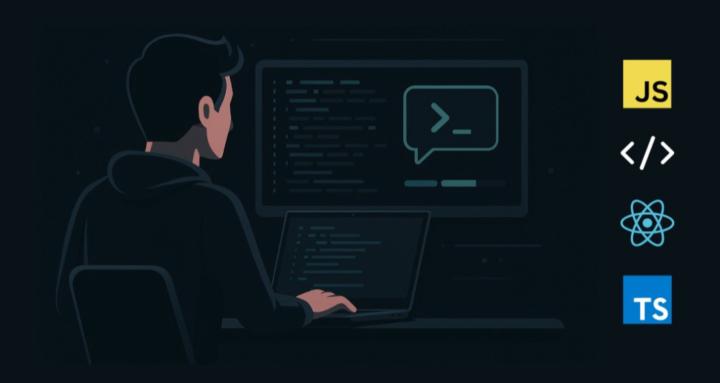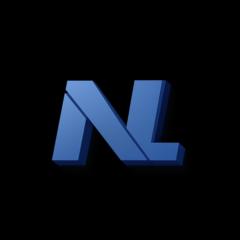
Write something
Next wave of Webar Technologies
Webar is moving beyond simple 3D object placement and moving to a richer and more intelligent web layer. Some new technologies are leading this change. -BEBXR device API maturity The browser level support for the AR session stabilizes, enabling the cross -device experience without plug -in. This includes support for hit tests, anchors and planes by default in chrome, safari and edges. -8thwall & niantic's Ardk on Web Luxury slams (simultaneous localization and mapping) are now executed in the browser, allowing not only flat surfaces, but also Marsis AR that understands the environment in real time. -Real -time obstruction and depth detection The use of WebGL2 and WebgPu allows developers to create realistic obstruction, shadows and physics, so AR objects are naturally mixed into the environment. Combined with the LIDAR support of the latest iOS devices, AR interaction is much more reliable. -Create AI + AR pipeline The use of a new workflow creates a texture, 3D assets, or all AR scenes on the spot, reducing the cost of production and enabling personalized experience depending on the scale. -WEBRTC for multi -user AR Collaborative AR experience is being realized directly in the browser. WeBRTC enables low burden streaming and synchronization, allowing multiple users to interact in real time with the same AR scene. Outlook: Webar is no longer an experimental demo technology. By converging WebxR, WebGPU and AI -based assets, it has become an executable platform for e -commerce, education, education, game and industrial applications. All can be accessed immediately through links. Future major tasks: technical ability balance and useful balance. The most influential web AR will have no friction, not the future.
Universal rendering becomes the default
The old debate on client -side server rendering is disappearing. The latest framework accommodates a universal rendering model that adapts and automatically optimizes on each path. - Automatic switching between SSR, CSR and ISR - smarter sign language strategy to reduce performance overhead - Embedded SEO optimization built in the Framework framework The future direction is clear. The developer no longer needs to make a manual rendering decision. The framework is processed intelligently. This change can make the app easier to build, expand, and easily access it. How do you see this affecting the current workflow?
Component API: REST & GRAPHQL next step
For many years, REST and GraphHQL have been the main ways to manage the data contracts between the front end and the backend. But a new approach is emerging: component API. Instead of maintaining a separate API layer, developers can now deliver UI -centered data contracts directly within the components. This means: -Data and UI are jointly located to reduce complexity. -There is no risk of schema drift between the backend and the front. -Live type safety binding that guarantees consistency in runtime The shift is clear. The component itself becomes API. This model can simplify the development, especially in the latest frameworks that focus on strict integration between servers and client logic.
WebAssembly Emerging as a Core Axiom of the JavaScript Ecosystem
WebAssembly is emerging beyond the experimental stage as a powerful complement to JavaScript in modern web development. Wasm expands the capabilities of browsers by providing near-native performance for compute-intensive tasks like graphics rendering, AI processing, and large-scale data manipulation. With growing support for languages like Rust, C++, and Go running alongside JavaScript, and increasingly streamlined interoperability APIs, developers can now build high-performance, native-like web applications without leaving the web platform.
State management disappears in the background
For many years, libraries such as Redux and MOBX were essential tools for managing complex status in JavaScript applications. But the scenery is changing. The new framework and runtime optimization require more explicit global state management. The integration of automatic status tracking, fine particle reactivity and rendering reduces the need for solutions with many boiler plates. As a result, it is an application that is easier to build, maintain and scale without sacrificing predictability. The tendency is clear. The condition does not disappear, but it will disappear in the background. Developers still have a predictable and reliable state, but there are no overheads manually managed.
1-11 of 11
powered by

skool.com/web-dev-dschungelfuhrer-2591
Discussions, problem solving, tutorials, courses and news about web development and related topics (JavaScript, HTML/CSS; React, Alpine.js, VueJs)
Suggested communities
Powered by
